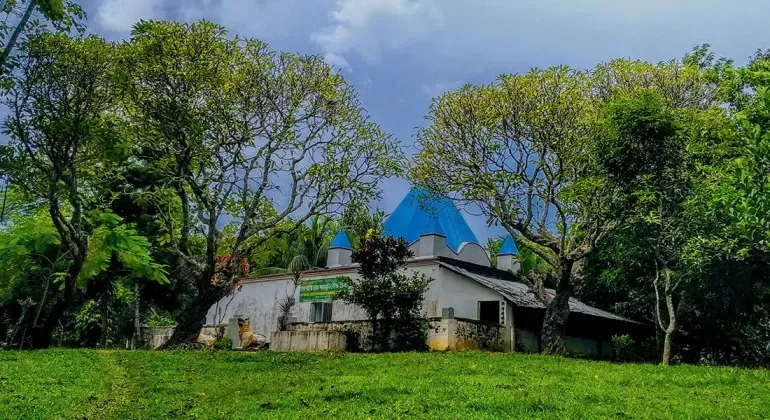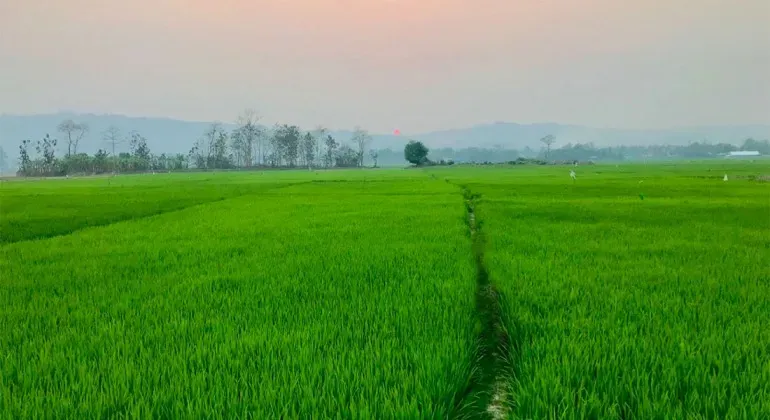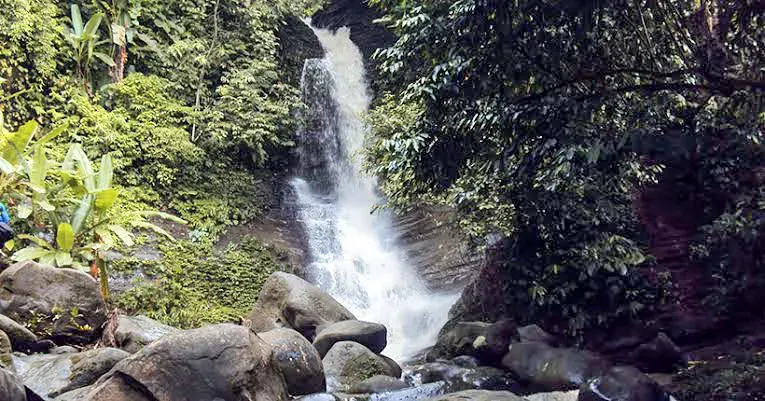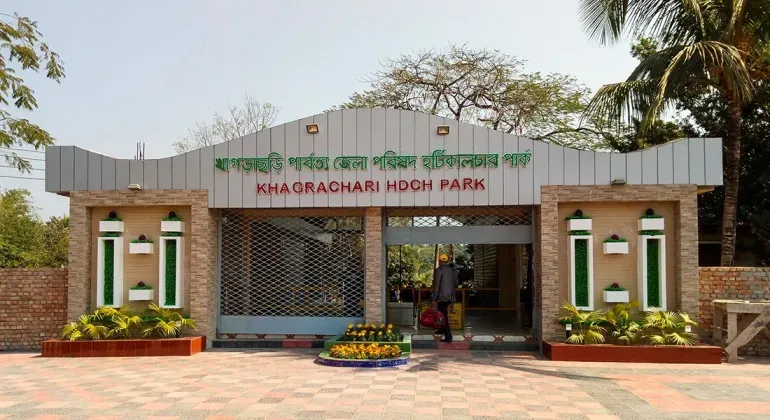
Manikchari Mung Rajbari Khagrachhari
KhagrachariShafayet Al-Anik
·7 December 2024
Introduction to Manikchari Mung Rajbari Khagrachhari
how to go
where will you stay
where to eat
Sightseeing places of Khagrachari
Related Post
Newzeland Para Khagrachari
Pankhaiya Para, located just one and a half kilometers away from Khagrachari district headquarters, ...
Shafayet Al-Anik
•
16 December 2024
Toiduchhara Waterfalls Khagrachhari
20 km away from Khagrachari, the spectacular tidal spring flows through the crooked mountain folds i ...
Shafayet Al-Anik
•
13 December 2024
Horticulture Heritage Park
Horticulture Heritage Park (Horticulture Heritage Park) is well-known as one of the city's entertain ...
Shafayet Al-Anik
•
17 December 2024
 CholoZai
CholoZai
CholoZai is an easier hotel booking platform in Bangladesh, We are trying to making travel simple and accessible for everyone. Choose CholoZai for a hassle free hotel booking experience.
Need Help ?
We are Always here for you! Knock us on Whatsapp (10AM - 10PM) or Email us.



